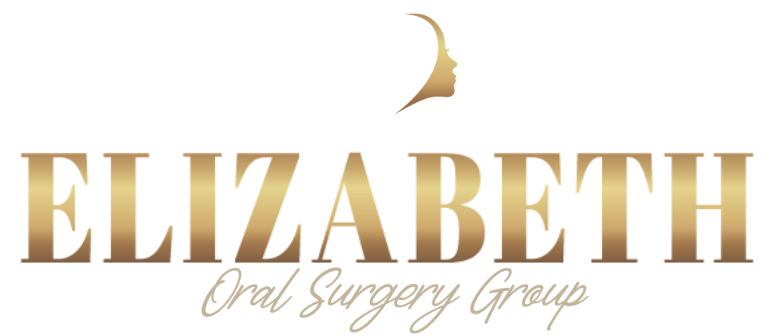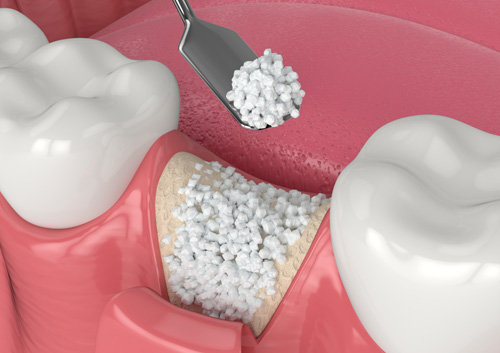Maintaining a healthy smile requires more than just regular brushing and flossing. Sometimes, patients may require targeted treatments to address their oral health concerns, including guided bone and tissue regeneration. Understanding the basics of this procedure can help you understand your symptoms and make informed decisions about your health. Whether you’re facing tooth loss, gum recession, or other dental concerns, this procedure may be able to help you achieve your smile goals.
If you are considering guided bone and tissue regeneration, look no further than the seasoned professionals at Elizabeth Oral Surgery Group. We personalize our treatment plans to each patient’s unique needs and will work with you to ensure each of your oral health concerns is heard and addressed. Our founder, Dr. Nancy Herbst, has over 25 years of experience providing unparalleled care to her patients and is ready to apply her expertise to help you restore your smile.
Who Is a Good Candidate for Guided Bone and Tissue Regeneration?
Your teeth are held in place by your gums, jawbone, and other connective tissues. Unfortunately, periodontal disease and other conditions can cause these bones and tissues to deteriorate. Oral surgeons work hard to stimulate the growth of new bone and tissue in their patients. The new growth increases the height of the bone and gums around the tooth, giving the tooth more support. You may be a candidate for this procedure if you experience one or more of the following symptoms:
- Insufficient bone growth
- Gum recession
- Deep periodontal pockets
- Teeth sensitivity
- Wide spaces between teeth
- Exposed root surface
Typically, guided bone and tissue regeneration candidates have advanced periodontal disease requiring surgical intervention. Your oral surgeon will perform a comprehensive exam to determine if surgery is needed. If your periodontal disease is less advanced, your doctor may recommend more conservative treatments to address your gum and bone health.
What to Expect During a Guided Bone and Tissue Regeneration Procedure
Guided bone and tissue regeneration helps your body work to regenerate the previously lost bone tissue. Your surgeon may utilize membranes that are inserted over the affected bone. While some of these membranes are bio-absorbable and dissolve on their own, others will require removal.
During the procedure, your oral surgeon will fold back the gum tissue and remove bacteria from the affected tooth’s root. Then, bone grafting material is used to fill irregularities in the bone to support your tooth. The bone grafting material is often combined with tissue-stimulating proteins to activate your body’s natural ability to regenerate bone and tissue. Additionally, guided tissue membranes may be placed over the bone graft to stabilize the graft while the bone matures.
Typically, the patient will experience bone regrowth to support their tooth within six months of the procedure. Following your doctor’s instructions can help you expedite your healing process and ensure your oral health is restored.
Schedule an Appointment With a First-Class Oral Surgeon at Elizabeth Oral Surgery Group
If you suffer from periodontal disease, a skilled oral surgeon can help you regain control over your health. At Elizabeth Oral Surgery Group, our talented oral surgeons are dedicated to providing our patients with innovative and painless procedures customized to their unique needs. We prioritize your safety and comfort throughout every stage of your treatment journey and will support you until you leave our office with the smile you deserve. We have an established history of delivering state-of-the-art care and can help you meet your health goals.
To schedule an appointment with a top-notch oral surgeon, call us today at (908) 663-5309 or complete our online contact form.

